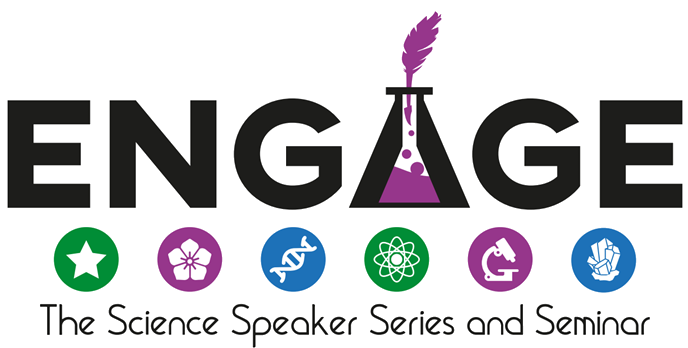Stress & Substances & Stigma, Oh My!!!
Substance use disorder (SUD) is a complex and chronic health condition that affects millions of people in the US and worldwide. While there are effective treatments that improve outcomes and quality of life, there are barriers to treatment.
One of these barriers is the stigma surrounding addiction. Despite current knowledge that addiction has a biological mechanism and is not a fault or moral failing, stigma plays a role in preventing people from seeking treatment and receiving quality care. Stigma may exist because people don’t understand the underlying issues that may contribute to risky substance use.
While there are many factors that contribute to addiction, it is often rooted in trauma. Scientists have spent years trying to understand why people who experience trauma or chronic stress often develop SUD. Research suggests that trauma and stress physically affect the brain, and some of the regions that are sensitive to stress are the same regions that influence addiction-related behavior.
So how do stress-induced changes in the brain lead to risky substance use behavior? We will look at three different regions in the brain, starting with the HPA axis.
The Hypothalamic - Pituitary - Adrenal axis plays a critical role in how we respond and adapt to stress by releasing various hormones, including cortisol. After experiencing a traumatic event, our brains become “sensitized” (so we can understand what happened and what to avoid so it doesn’t happen again). If the stress is severe or prolonged enough, this sensitization leads to long-term changes in hormone balance. This would result in mild stress triggering an over-dramatic stress response. This process is called “maladaptive coping”, and a hallmark maladaptive coping behavior is to consume drugs or alcohol to lessen the negative feelings associated with the stress.
The mesolimbic dopamine system, called the reward system, is also important. Research on this system is complex and still ongoing, but scientists found that stress decreases the levels of dopamine signaling in neurons in the mesolimbic system. If this decrease persists, it would mean that future experiences would no longer feel as rewarding. So, people may turn to other sources of dopamine, such as alcohol or cocaine. Repeated use of these drugs will further decrease dopamine signaling, worsening the problem and making it harder to feel good without using any substances.
The other brain region is the prefrontal cortex (PFC), which is necessary for cognition, decision-making, and planning. The PFC is responsible for evaluating the short-term benefits against long-term consequences of a decision, but stress can impair its function by impacting the ability of neurons to work properly. If exposure to a traumatic event prevents that ability, then someone may value the immediate benefit of using a substance (feeling happy and less stressed) higher than the future negative cost (feeling sick the next day and missing work).
When we better understand the role of trauma and stress in addiction, we start to decrease stigma and increase access to treatment. One of the easiest ways to do this is to change the way we talk about addiction. Many words used to talk about addiction have incredibly negative connotations that perpetuate stigma. The National Institute on Drug Abuse has published information about words to avoid and alternatives to use instead.
While it may seem arbitrary or annoying to learn new vocabulary, research shows that the language we use around addiction really matters. It could even be the difference between life and death. The more we talk about addiction in a scientifically accurate and compassionate way, the better equipped we will be to support people with SUD in their lives and in their recovery journey.
Makenzie Patarino is a PhD student in neuroscience at UW working with Dr. Abbie Schindler at the VA Hospital Puget Sound. Her research aims to characterize the biological and behavioral effects of chronic alcohol use following blast trauma.



